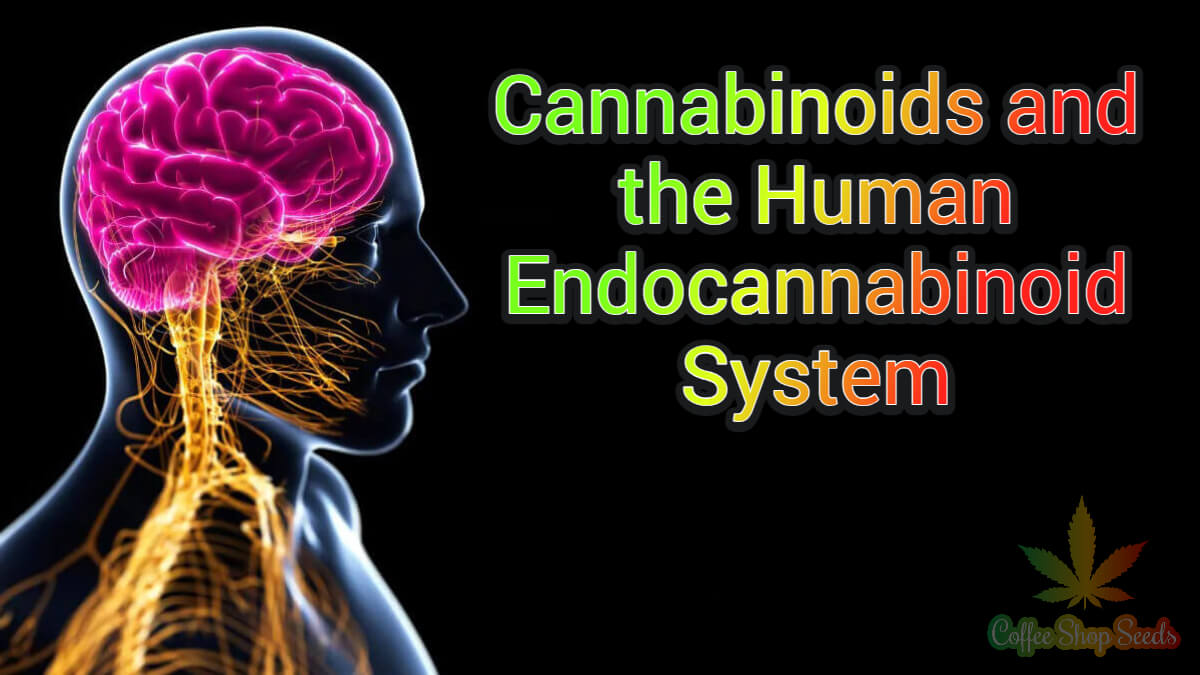Introduction:
Cannabis has been utilised across cultures for centuries, revered for its therapeutic properties and the profound impact it imparts on the mind and body. While the multifaceted benefits of cannabis have been widely recognised, the last few decades have witnessed a meteoric rise in scientific research aimed at better understanding the complexity of this remarkable plant and the intricate ways in which it interacts with the human endocannabinoid system. At the forefront of this scientific exploration lies the realm of cannabinoids, the naturally occurring compounds in cannabis that hold the key to unlocking its therapeutic potential.
In this informative guide, we’ll transport you to the world of cannabis science, unveiling the fascinating properties of cannabinoids and providing comprehensive insights into their interaction with the human body. We’ll explore the diverse range of cannabinoids that can be found within cannabis plants, giving particular attention to the two most prominent compounds: THC (tetrahydrocannabinol) and CBD (cannabidiol). We’ll also delve into the endocannabinoid system (ECS), a complex cell-signalling network that plays a crucial role in maintaining homeostasis and regulating various physiological processes.
By uncovering the intricacies of the ECS, we hope to deepen your understanding of the remarkable influence of cannabinoids on human health and well-being, as well as shine a light on the potential therapeutic applications of cannabis-derived products such as CBD oil and medical marijuana. This compelling journey through the science of cannabis will serve as a foundation for informed decision-making, empowering you to optimise your health and wellness through a deeper appreciation of this powerful plant and its myriad possibilities.
Unlocking the Secrets: An Overview of Cannabinoids
At the heart of the cannabis plant lies a treasure trove of over 100 different compounds, known as cannabinoids. These naturally occurring chemicals hold unique properties and interact with the human body in various ways, contributing to the diverse therapeutic benefits associated with cannabis use. To better appreciate these multifaceted substances, we’ll take a closer look at the two most prominent cannabinoids, THC and CBD, while also briefly touching on lesser-known but equally intriguing compounds:
1. THC (Tetrahydrocannabinol): THC is the psychoactive compound responsible for producing the “high” or euphoric effect associated with marijuana consumption. Its analgesic, anti-inflammatory, and appetite-stimulating properties make THC a valuable compound with numerous medical applications.
2. CBD (Cannabidiol): CBD has garnered significant attention in recent years for its wide range of therapeutic properties, which include anti-inflammatory, analgesic, anxiolytic, and neuroprotective effects. Unlike THC, CBD is non-psychoactive and does not produce a high.
3. Lesser-known cannabinoids: In addition to THC and CBD, the cannabis plant is home to numerous other cannabinoids, such as CBG (cannabigerol), CBC (cannabichromene), and CBN (cannabinol), each of which offers unique properties and beneficial effects that warrant further research and exploration.
The Human Endocannabinoid System: A Complex Network of Balance and Regulation
To fully grasp the scope of cannabinoids’ impact on human health and well-being, it’s vital to delve into the intricacies of the endocannabinoid system (ECS). As a complex cell-signalling network found throughout the human body, the ECS is composed of three key components: endocannabinoids, receptors, and enzymes. These elements work in concert to regulate various physiological processes and maintain homeostasis:
1. Endocannabinoids: These naturally produced compounds closely resemble plant-derived cannabinoids and play a crucial role in the modulation of ECS activity. The two primary endocannabinoids are anandamide (AEA) and 2-arachidonoylglycerol (2-AG).
2. Receptors: Endocannabinoids and plant-derived cannabinoids interact with specific receptors found throughout the body, with two primary types being CB1 and CB2 receptors. These receptors are involved in regulating numerous physiological processes, such as pain sensation, immune response, and cognitive function.
3. Enzymes: Enzymes hold the responsibility of breaking down endocannabinoids once they have fulfilled their function. Fatty acid amide hydrolase (FAAH) and monoacylglycerol lipase (MAGL) are the primary enzymes responsible for the breakdown of AEA and 2-AG, respectively.
Cannabinoids in Action: The Interaction between Cannabinoids and the Endocannabinoid System
Plant-derived cannabinoids, such as THC and CBD, interact with the ECS in a myriad of ways, engaging with CB1 and CB2 receptors to exert their therapeutic effects:
– THC interaction: THC primarily binds to CB1 receptors, predominantly found in the brain and central nervous system. This interaction produces the characteristic psychoactive effects and has an impact on various bodily functions such as memory, cognition, and appetite.
– CBD interaction: The way in which CBD interacts with the ECS is more complex and multifaceted. It has a low affinity for CB1 and CB2 receptors, and rather than binding directly, it works by modulating the action of these receptors and inhibiting the breakdown of endocannabinoids.
Harnessing the Power of Cannabinoids: Therapeutic Applications and Potential
The synergistic interplay between cannabinoids and the ECS has vast implications for human health, with research continually uncovering new therapeutic applications for cannabis-derived compounds:
– Pain Relief: Cannabinoids like THC and CBD have shown potent analgesic and anti-inflammatory properties, making them viable options for managing chronic pain conditions, such as arthritis and neuropathy.
– Mental Health: The anxiolytic and antidepressant effects of CBD make it a promising treatment for anxiety, depression, and other mental health disorders, while THC’s psychoactive effects can offer temporary relief from symptoms like PTSD and social anxiety.
– Neuroprotection: Research has revealed the potential neuroprotective effects of cannabinoids, suggesting they could play a role in the treatment of neurodegenerative disorders such as Parkinson’s disease, Alzheimer’s disease, and multiple sclerosis.
– Nausea and Appetite Stimulation: Cannabinoids like THC have demonstrated success in reducing nausea and vomiting, particularly in chemotherapy patients, as well as stimulating appetite for those with chronic conditions such as HIV/AIDS or cancer.
Discovering the Science of Cannabis: A Journey through the Realm of Cannabinoids
As we uncover the intricate world of cannabinoids and explore the vast potential they hold in promoting health and well-being, it’s evident that we have only begun to scratch the surface of their amazing properties and possibilities. By deepening our understanding of the interplay between these remarkable compounds and the human ECS, we can pave the way for an array of therapeutic applications and unveil new avenues of research in the burgeoning field of cannabis science.
Begin your journey into the fascinating world of cannabis by discovering the diverse range of high-quality cannabis seeds and CBD products curated by us at Coffee Shop Seeds. Allow us to accompany you through the incredible landscape of cannabinoids and their potential as we work tirelessly to broaden our collective knowledge and enhance our well-being in this complex and captivating arena.


